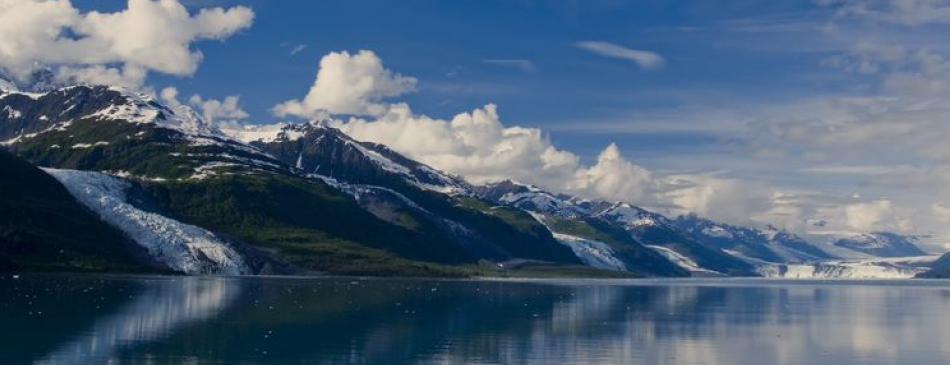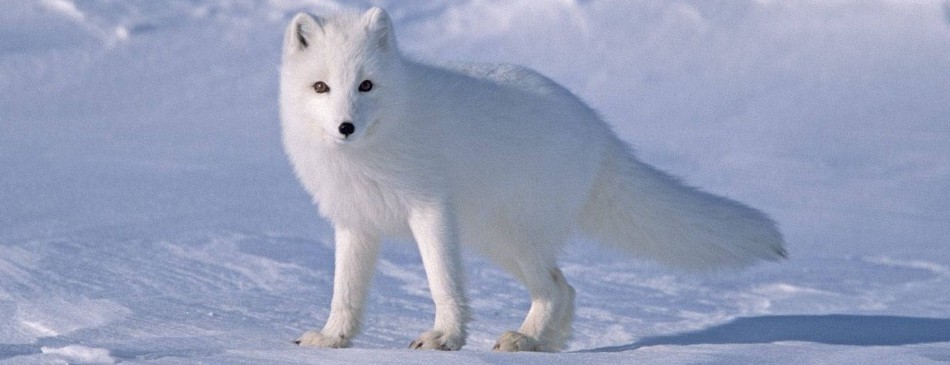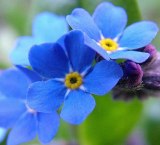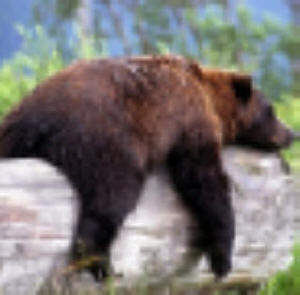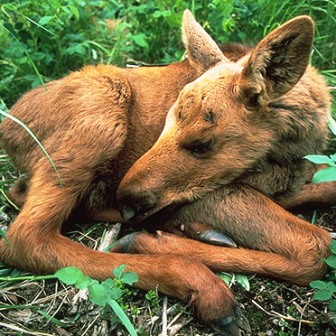Alaska is home to several various plants, animals, and insects because it is such a big and diverse state. Alaska has the climate of the southern regions which can be compared to the climate of Washington and Oregon. Then there is the North Slope that can be compared to that of Siberia. Alaska has some of the most common animals in the world, yet some cannot be found anywhere else.
Mammals abound amid the wilderness. Great herds of caribou migrate across some northern areas of the state. Moose move within ranges they establish, but do not migrate seasonally or move in herds as do caribou. Reindeer were introduced to Alaska as herd animals for Alaska Natives, and there are no free-ranging herds in the state. Dall sheep, and an abundance of small mammals are also found.
One thing that makes Alaska so special is that all three species of North American bears flourish here. There is a chance that you may be lucky enough to see a bear. But even if you don't, you will never be far from one, because Alaska is bear country. . How you behave often dictates the outcome of an encounter with a bear. Even though encounters with bears are not common and aggressive bear encounters are rare, the more you know about bear safety the better off you are.
Wolves are common over much of Alaska.. They are the wild ancestors and genetic source of all modern breeds of domesticated dog. People enjoying wilderness activities must be aware that all large wild animals, including wolves, present some risk to human safety. Wolves rarely act aggressively toward people, but there have been instances in Alaska and Canada where wolves have attacked people. The first case of wild healthy wolves killing a human in modern North America occurred in Saskatchewan in 2005; a second person was killed in 2010 in Alaska. Several other incidents of wolf aggression have resulted in serious injuries.
The beaver is the largest rodent in North America. Beaver are industrious engineers that prefer certain woody species of vegetation for food and construction of their dam lodges, which they use for shelter and food storage. The beaver's use of woody species for food and shelter modifies streams and surrounding woodlands. Modification often improves the health of crucial life-giving riparian areas. Beaver dams can increase the amount of water in a given area, raising the water table and increasing water storage. Beaver ponds can trap and store organic materials, nutrients, and sediment, thus filtering water and leaving downstream water cleaner.
Round Island, along the north shore of Bristol Bay, has the world's largest walrus rookery. North America's largest population of bald eagles nest in Alaska, and whales migrate annually to the icy bays. Pristine lakes and streams are famous for trout and salmon fishing. In all, 386 species of birds, 430 fishes, 105 mammals, 7 amphibians, and 3 reptiles have been found in the state.
Alaska winters are harsh requiring most warm-blooded mammals to put on weight and grow heavier coats to prepare for the winter. Then there are other, more customized adaptations. In some large herbivores such as caribou and musk oxen, special nasal passages are designed to capture heat that would otherwise escape as steamy breath. Arctic wolves have specialized blood vessels in their paws that keep pad temperatures about one degree above freezing. Some winter residents avoid the whole climate challenge by hibernating.
It is not surprising that few amphibians and only the occasional marine turtle are found in Alaska, and that all but one species, the cold-adapted Wood Frog, are restricted to the milder coastal areas of the state. Alaska is home to two frog species, the Columbia Spotted Frog and the Wood Frog. The Western Toad also calls Alaska home. Roughskin Newts, Northwestern Salamanders, and Long-toed Salamanders round out the list of amphibians native to Alaska.
Bald eagles, trumpeter swans, sandhill cranes, Canada geese and millions of other migrating birds of prey, seabirds, songbirds and waterfowl make Alaska a land unparalleled for bird-watching. As of January 2011 the list of birds found in Alaska included 492 naturally-occurring species in 64 families and 20 orders. The key to great bird-watching is being at the right place at the right time. Alaska's vast tundra provides safe nesting territory for migratory species such as swans, geese, ducks and terns. The salmon streams, mountains, forests and seashores provide steady food for bald and golden eagles.
Living with wildlife is about coexisting with the animals commonly found in places where humans and wildlife cross paths. Whether you are living in Alaska or just visiting, it is important to understand safety principals for individual species and how to avoid conflicts.
|
|

